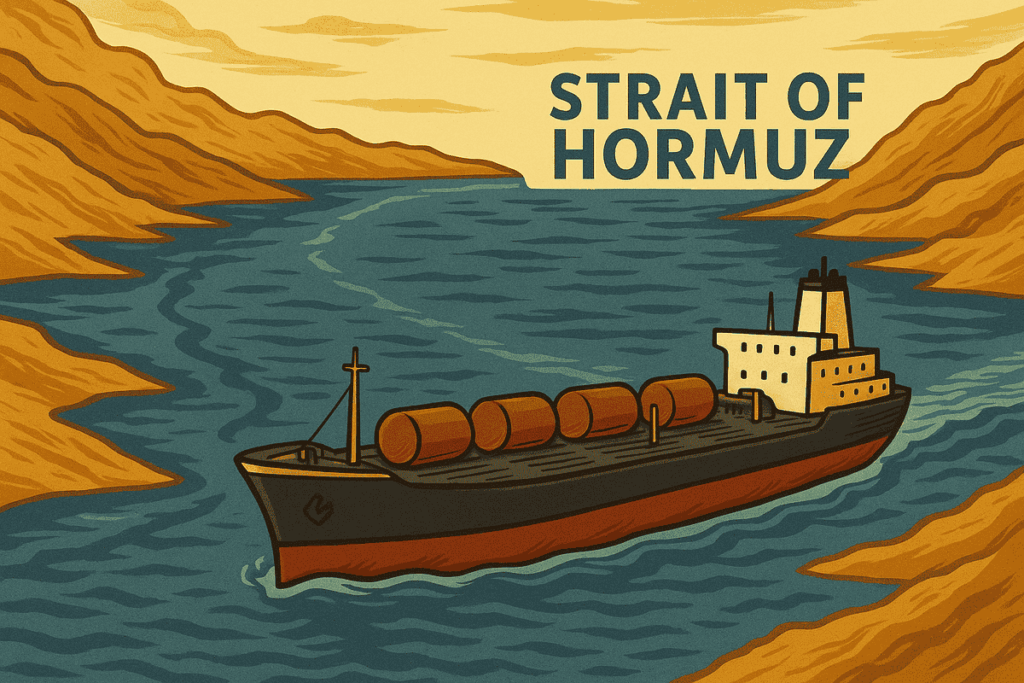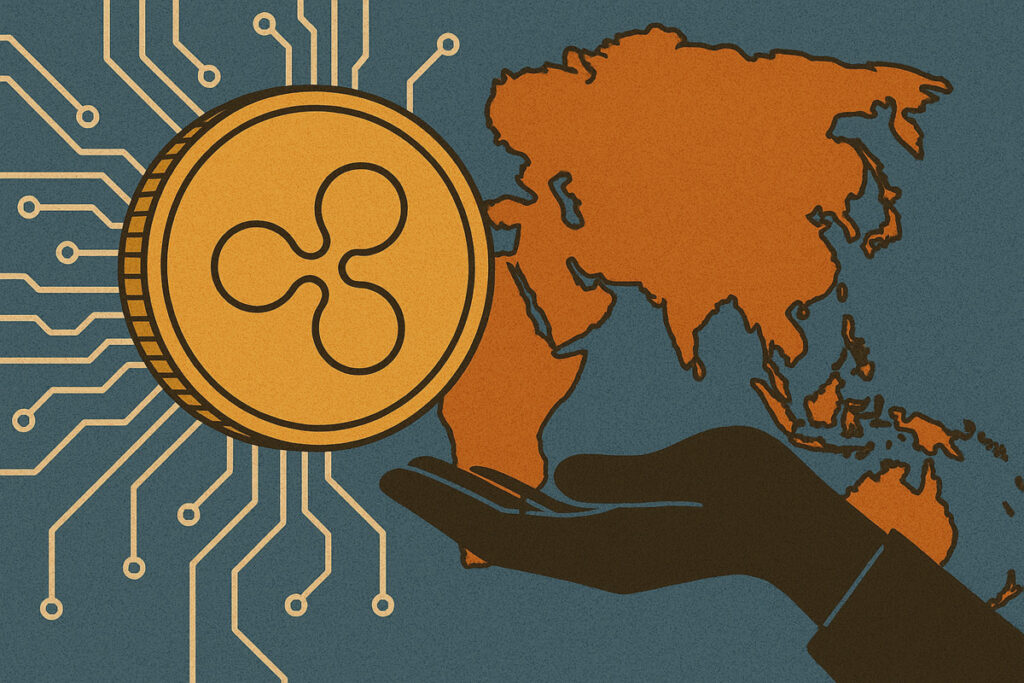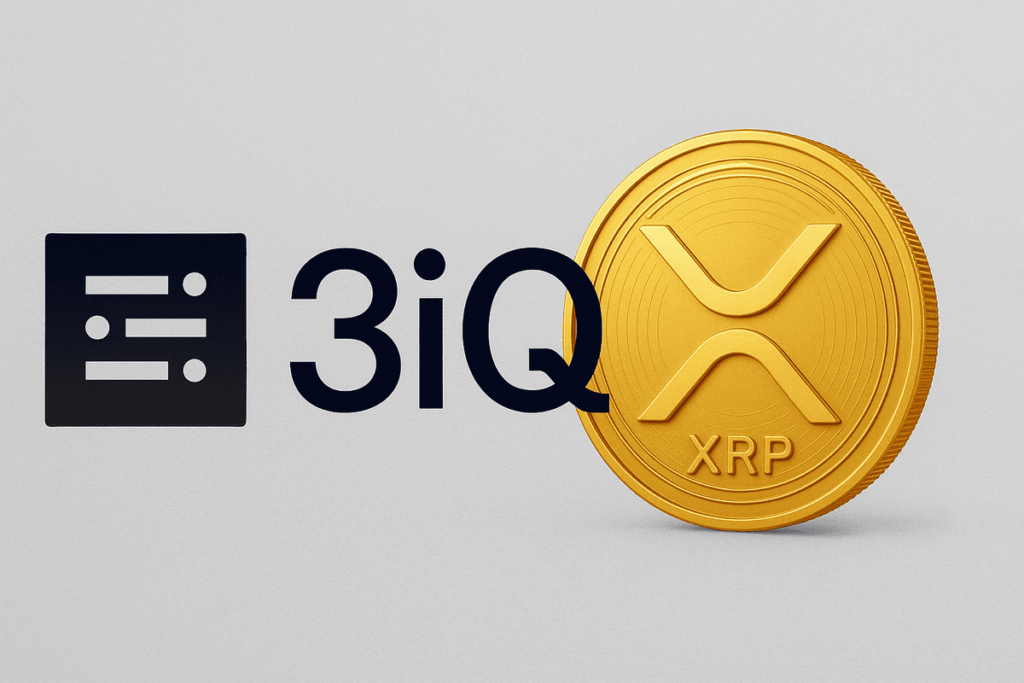- The Strait of Hormuz is a critical shipping route through which a huge portion of the world’s oil passes.
- Iran could close this maritime chokepoint due to its proximity to the strait.
- Oil prices are projected to go up drastically, touching $120 – $130 if such a closure were to take place.
U.S. strikes targeting three nuclear sites Sunday, prompted an upward spike in oil prices and major U.S. benchmarks by as much as 4%. The sites targeted were in Fordo, Natanz, and Isfahan.
The U.S. strikes are an escalation of what was initially a conflict between Israel and Iran, in which the Israeli Defence Forces launched missiles targeting a nuclear enrichment facility in Natanz on June 13, killing nuclear scientists and key members of Iran’s armed forces in the process.
The U.S. attacks have heightened potential concerns around the Strait of Hormuz, a key oil route which Iran exercises a strong amount of control over due to its proximity.
Newsletter
Get weekly updates on the newest crypto stories, case studies and tips right in your mailbox.
Iran moves to shut down Strait of Hormuz
Iranian state media have reported that the Iranian parliament has voted to close the Strait of Hormuz, a critical oil route through which a huge portion of Middle Eastern oil passes. The final decision as to whether the Strait does close is in the hands of the Supreme National Security Council.
WTI Crude Futures spiked up by 2.7% before retreating to a level lower than $74 per barrel, according to Trading Economics. Investors are now closely watching the markets, trying to gauge the potential severity of Iran’s response and its impact.
What is the Strait of Hormuz?
The Strait of Hormuz is a critical maritime chokepoint that bridges the Persian Gulf with the Gulf of Oman and the Arabian Sea. Vast amounts of oil pass through this route, with approximately 20% of the world’s oil passing through the Strait of Hormuz.
Prominent Middle Eastern exporting countries, including Saudi Arabia, Iraq, Kuwait, the U.A.E., and Iran, supply a huge portion of their oil through the strait. The majority of Iran’s oil passes through to China, its biggest customer.
According to the Energy Information Administration, 84% of crude oil and 83% of liquefied natural gas going through the Strait of Hormuz in 2024 were headed for Asian Markets. The most popular destinations for this oil were China, India, Japan, and South Korea. For the last five years, approximately 19.1 million barrels to 20.1 million barrels per day have passed through the strait.
What level of control does Iran have over the Strait?
Iran occupies a critical position on the northern side of the strait and can close the route. This would mean many oil-producing countries would experience major supply chain disruptions, potentially spiking the price of oil.
The Strait of Hormuz has never been closed before, and such a move would hurt Iran as well, as it relies on the route for its own oil exports.
The scarcity of oil has been known to spark widespread inflation, as the cost of transporting food and other basic amenities rises due to higher energy costs. The highest Brent crude has ever been was $147.50 in July 2008, just before the global financial crisis.
Mark Rubio wants China to help, as world watches on
In an interview with Fox News, U.S. Senator Mark Rubio has called on China to intervene and prevent Iran from such action, saying that China should intervene as the country heavily relies on the route for its oil. He also said that other countries stand to lose much more than the U.S. if Iran were to take action.
An initial June 13th J.P. Morgan note said that the possibility of Iran closing the Strait was very low. The investment bank’s analysts have noted that if such an event were to take place, oil prices could rise to $120 to $130 per barrel.









